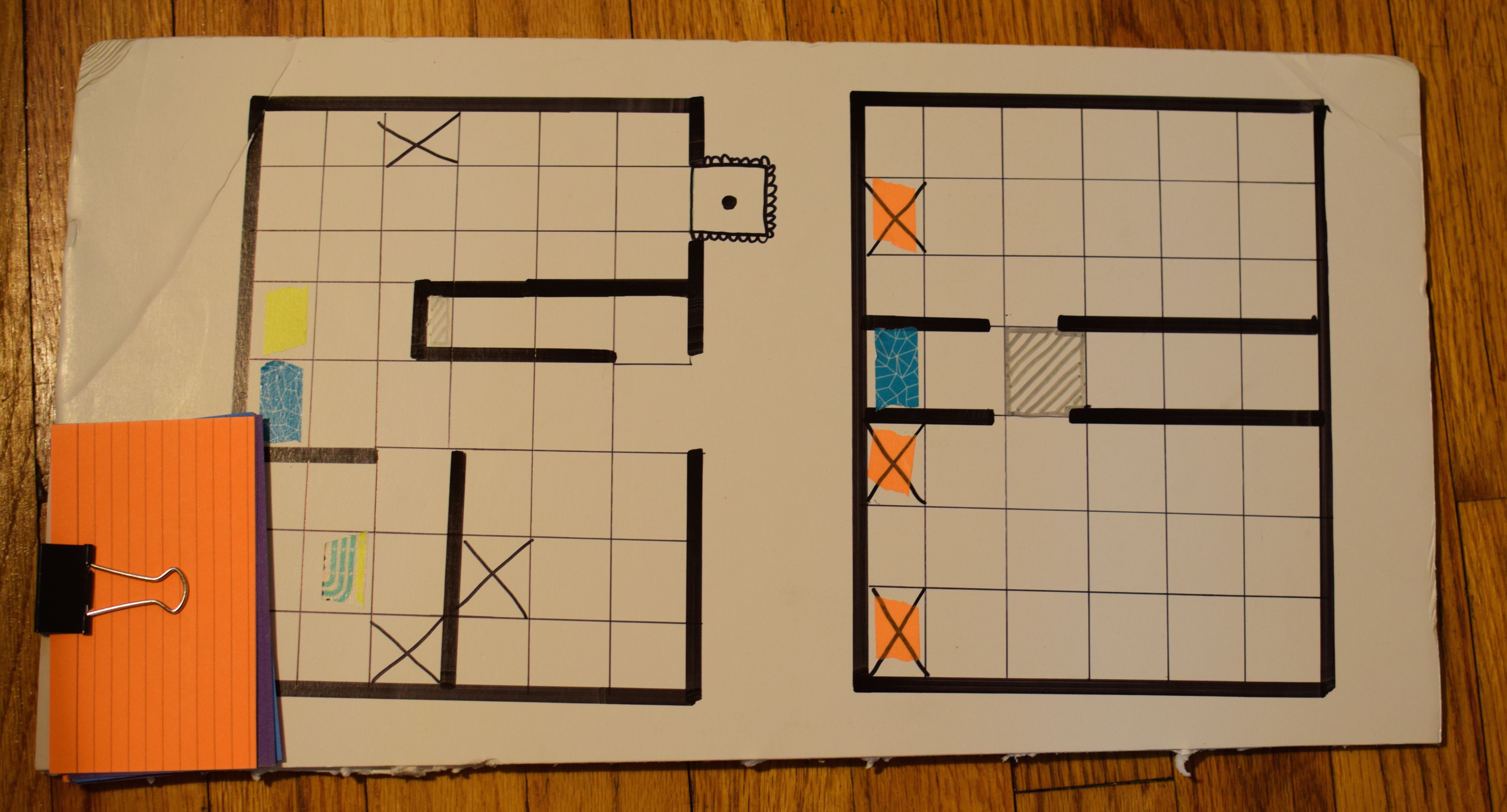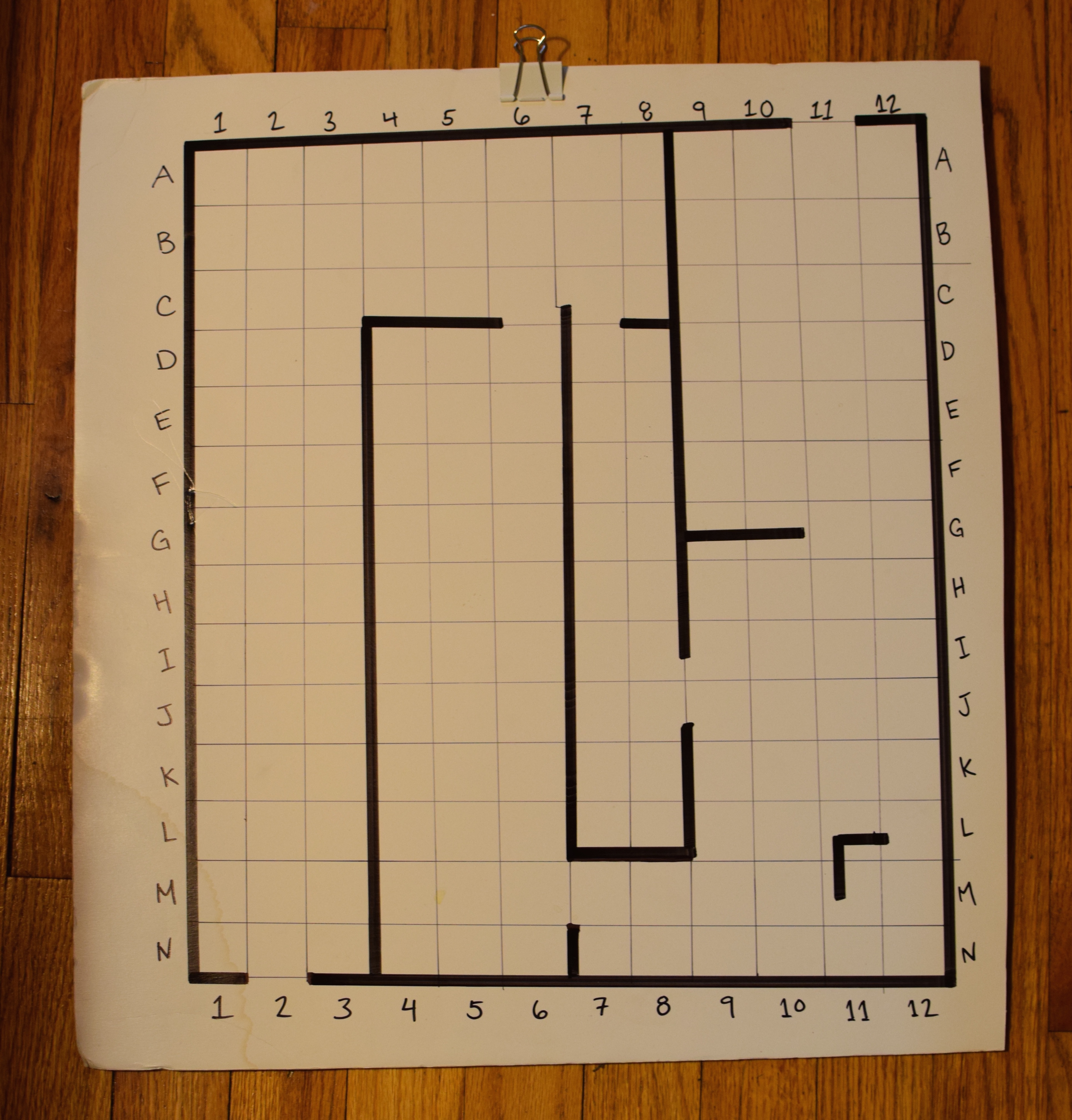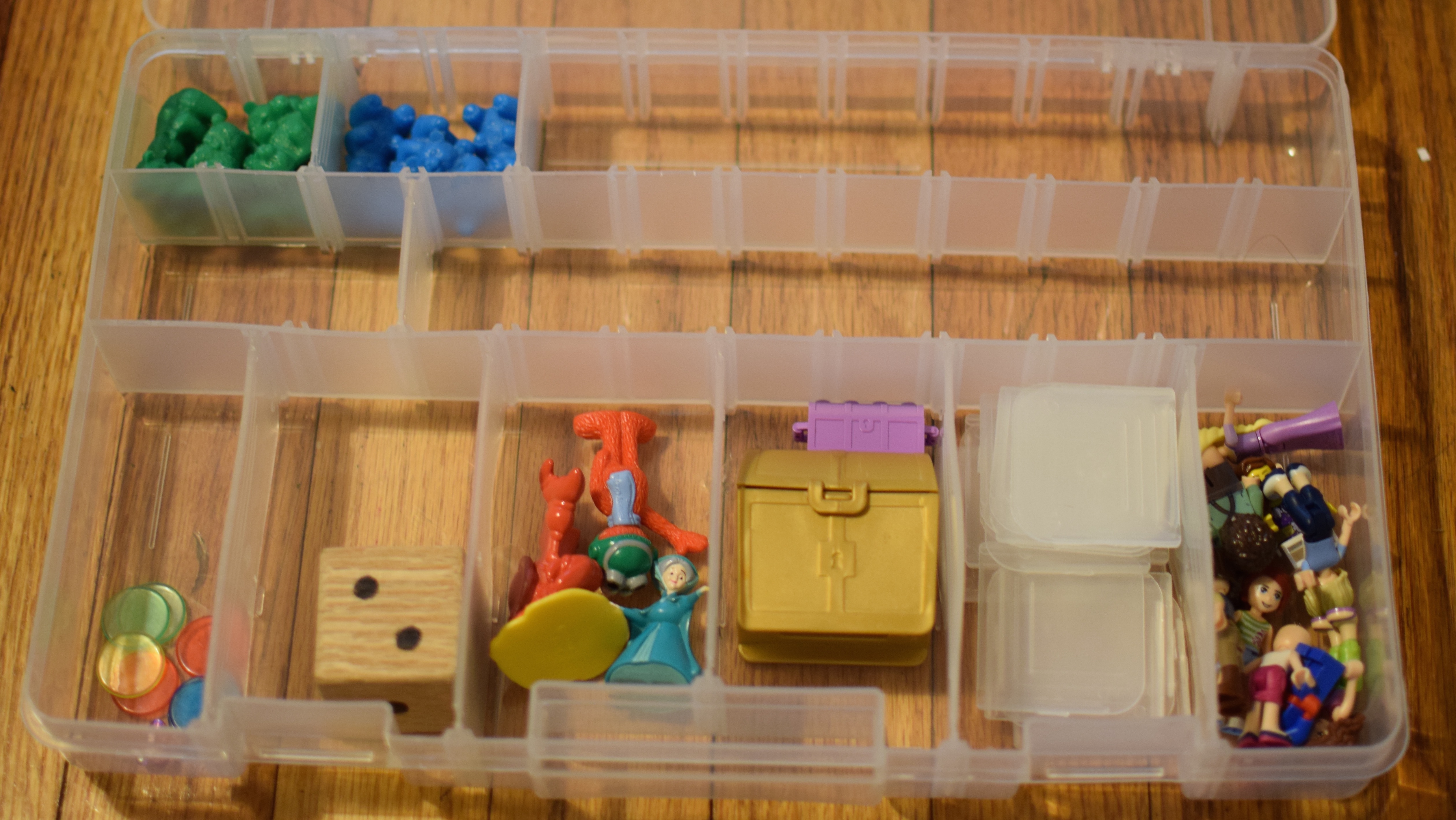I have young children, and for reasons I won’t delve into here, they need some special attention paid regarding their vision. As such, and in an effort to enrich their play, I’ve embarked on a project to introduce them to RPGs. Roll Playing Games are exactly what you think- you assume the roll of a character in a game and play from that perspective. The most famous of these is likely Dungeons and Dragons, but there are many, many others. Think of it this way: if you were to play Clue from the perspective and in the roll of Colonel Mustard¹. THAT’D be a RPG.
My kids are small, and even the most stripped down version of DnD has a rule book 100 pages long (the full version, near as I can tell, is 320 pages). So it should come as no surprise. Indeed, when researching what game I might introduce, the general consensus was that we should build our own. Fair enough. I wasn’t sure about their ability to grasp some of the more abstract concepts, so I chose to test the concept with a game structured around our house and our family.
This is the first game board we made. The layout of based (roughly!) on the floor plan of our house, “x” on a spot makes it “special” (and you draw a card for that…), and mostly, you go about the tasks you do in real life- go to the living room or kitchen, walk around, make messes (lose points!), be polite (add points!). And that’s it. There’s no narrative or ending, but it was enough to gauge their interest in the format. Time to get more ambitious.
I wanted to keep a few things in mind:
- These are little kids, and as such, the game should be of a finite length²
- The game should be re-useable
- The game should be adaptable
- The game should be as familiar as possible
- The game should be hackable
With all that in mind, I drew up this board:
It’s not perfect at all- and that’s ok. It shouldn’t be precious, because I don’t want any hesitation to change it all around. I made it a fairly generic “maze” layout, and I added a coordinate system. That will allow me (as I run the game) to place obstacles and rewards in various spots, to be discovered as they play. It’s a sort of miniature quest. The complexity of the journey can be dialed up or down based on the nature and frequency of these additions- a few easy monsters with copious resources at first, then more monsters and scarcer resources. Speaking of resources…
I opted to stay fairly low-tech with much of this. That’s a recycled chunk of foam core for a board. The manipulatives- the pieces- needed to feel familiar to the kids, but also be versatile enough to function not only for this game, but for future variations and new games. So…
This is the start of the collection. This will grow a ton in the next week or so, as some Amazon orders or parts come in. But for now, that’s a pile of Lego Minifigs, some counting bears, a handful of tiddlywinks, some small treasure chests, and a home-made die. I’ve got a bag of “pirate jewels” coming (for treasure…), 100 dice (D4, D6, D8, D10 (and percentile), and D20), as well as a couple hundred blank cards. Most of what that’s for is obvious, but the blank cards are key: those will get turned into set of stacks, each stack on a theme. For example, in the “Monster” stack, each card will specify what kind of monster and any other parameters (how strong it is, what kind, etc…). If you hit a “monster” square in the game, you draw a card to find out details.
I’m excited. From a learning perspective, there’s a lot to do here- the kids are not only going to play the game with me, but they’re also helping me to build it. That’s a lot of cutting and glueing and talking and making lists and and and. It’s a proper project.
Updates as we make progress.
¹ Why don’t we play Clue this way? Sounds WAY better.
² I’m looking at you, Monopoly. And Mousetrap.

